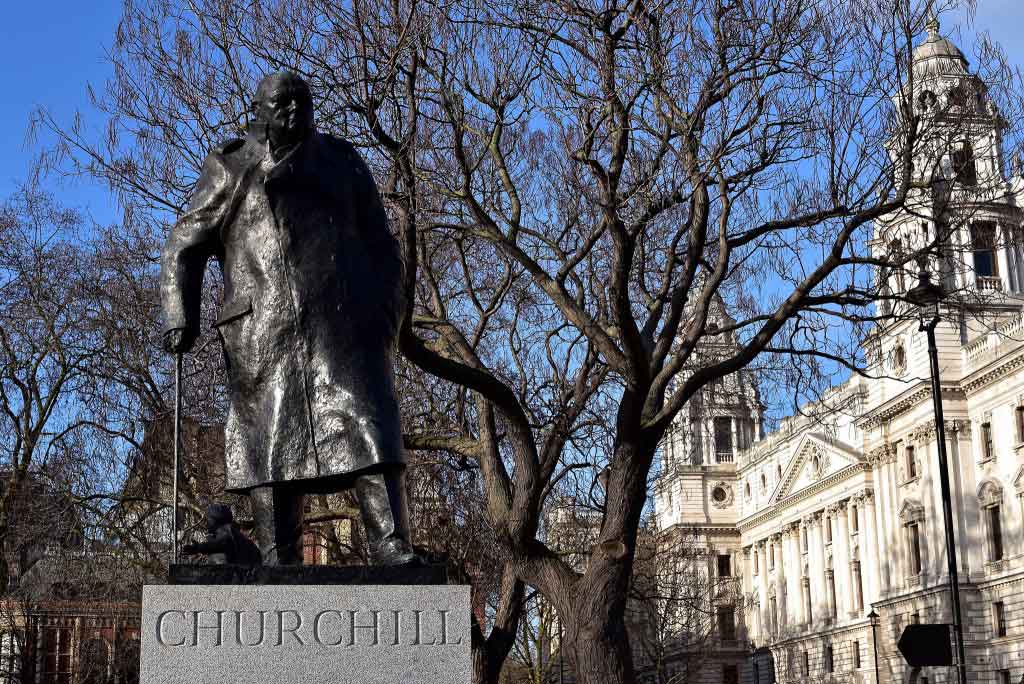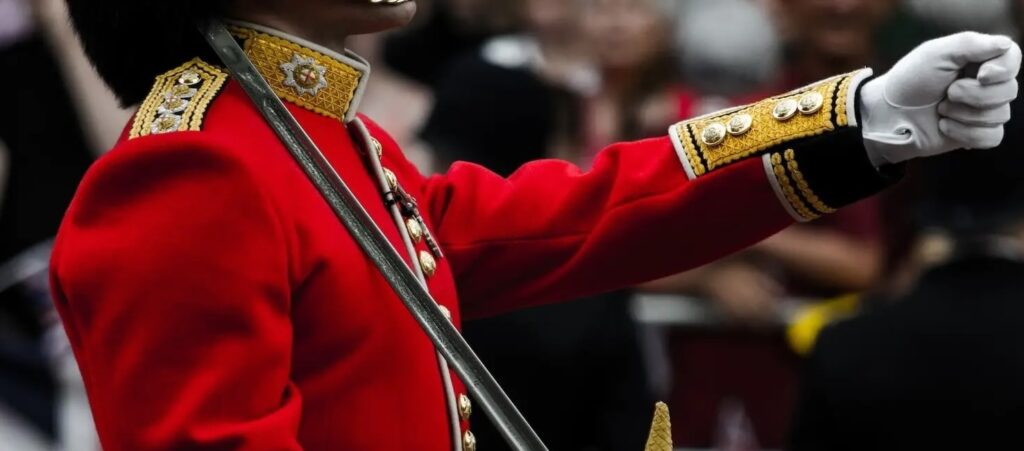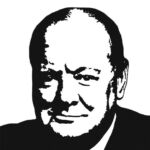
Finest Hour 141
Cover Story – Churchill and Lloyd’s

Winston Churchill, Parliament Square, London © Sue Lowry & Magellan PR
June 9, 2013
Finest Hour 141, Winter 2008-09
Page 34
Cover Story – Churchill and Lloyd’s
An enduring relationship fondly remembered.

2024 International Churchill Conference
By David Boler
This piece, originally published in Finest Hour 67 in 1990, was to have run in our previous, 40th Anniversary number—but when we received the Cooper portrait in radiant color we had never seen before, we knew it must be our next cover. David Boler, a member of the Churchill Centre Board of Trustees, has an extensive background and association with Lloyd’s of London, by whose courtesy their Egerton Cooper portrait of Sir Winston Churchill is published here.
Sir Winston Churchill has well-known connections with many British institutions, but perhaps one that has received little attention has been his association with Lloyd’s of London, the 300-year-old insurance market situated in Leadenhall Street in the City of London. By coincidence, this association indirectly began in the year of his birth, 1874, for it was at this time that Clementine Hozier’s father, Colonel Sir Henry Hozier, became Secretary of Lloyd’s, a post he held with distinction until 1906. But it was Churchill’s appointment as First Lord of the Admiralty in 1911 that brought him into a clear awareness of Lloyd’s and its historical relationship with the Royal Navy.
Towards the end of the 17th Century, Edward Lloyd established one of the then many fashionable coffee houses close to the pool of London. The proximity to the River Thames, to the busy London docks, and to the emerging financial centre of the City of London, attracted ship captains and ship owners, merchants and traders; as a consequence, a market for insurance was established. Edward Lloyd introduced various facilities for the developing underwriters and traders, including his own newspaper, Lloyd’s News, reporting mainly on shipping movements. This became Lloyd’s List, established in 1734 and considered to be Britain’s oldest national newspaper.
By the early 1900s the British Empire dominated world trade and Britain had the biggest shipbuilding industry and largest merchant fleet. Unlike its competitors, Lloyd’s of London had always provided insurance cover against war risks, sorely tested by the U-boat perils in both world wars.
The first visit to Lloyd’s by Churchill that I can trace occurred in 1936, although it is more than possible that he visited earlier. According to Lloyd’s List he was entertained at luncheon by the Chairman, Mr. Neville Dixey, and afterwards made a tour of the Underwriting Room, the Library and the Nelson Collection: “The many documents and other objects illustrating the career of the great sea commander naturally attracted the close attention of one who filled the office of First Lord of the Admiralty during perhaps the most critical period of our naval history.”
Members of Lloyd’s happy to applaud his World War I leadership soon had another reason to thank Churchill: the victory of the Allied Navies in the Battle of the Atlantic during World War II. The cost of defeat would have been ruin—and the death of Lloyd’s. Perhaps it was also for this reason (and her relationship to Col. Hozier) that the Lloyd’s community responded so generously to Clementine Churchill’s “Aid to Russia” fund appeal during the war, contributing over £18,000 in 1940s money.
In 1944 Lloyd’s showed its gratitude by electing Churchill an Honorary Member of their Society. He was only the fifth person unconnected with Lloyd’s so honoured. He was in illustrious company, his predecessors being Marconi, his old friend Admiral Beatty, Lord Haig and Admiral Sturdee.
In 1954, several paintings were commissioned to commemorate Churchill’s 80th birthday. It is good fortune that Lloyd’s were responsible for sponsoring one that he actually liked. Unlike the infamous Parliamentary commission by Graham Sutherland, this painting survives and is proudly hung in the New Lloyd’s Building. For many years it dominated the famous “Captains Room.” The artist, Alfred Egerton Cooper, depicts Sir Winston sitting under an oak tree at Chartwell. It is the inspiration behind this article.
Lloyd’s List has its own piece of history to add to this story. As is well known, there was a London newspaper strike at the time Sir Winston announced his retirement as Prime Minister and, consequently, none of the Fleet Street papers carried this story on the morning of 6 April 1955. (The strike began on March 25th and did not end until April 21st.) However, and in company with the Manchester Guardian, Lloyd’s List appeared daily in spite of the strike and alone among London newspapers carried the momentous news on the morning of Wednesday, 6 April 1955.
The day following Sir Winston’s death, on Monday, 25 January 1965, Lloyd’s rang the famous Lutine Bell as a mark of respect for their illustrious Honorary Member. This bell, salvaged from a French sailing frigate, La Lutine, has traditionally been rung once for bad news, and twice for good. In the years following the war, it had only been rung on ceremonious occasions—except for the deaths of Sir Winston Churchill and the man who conferred on him honorary citizenship of the United States of America—President John F. Kennedy.
Subscribe
WANT MORE?
Get the Churchill Bulletin delivered to your inbox once a month.


